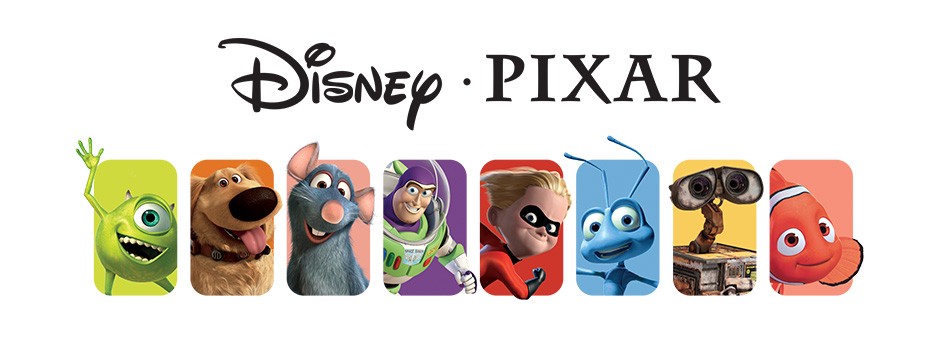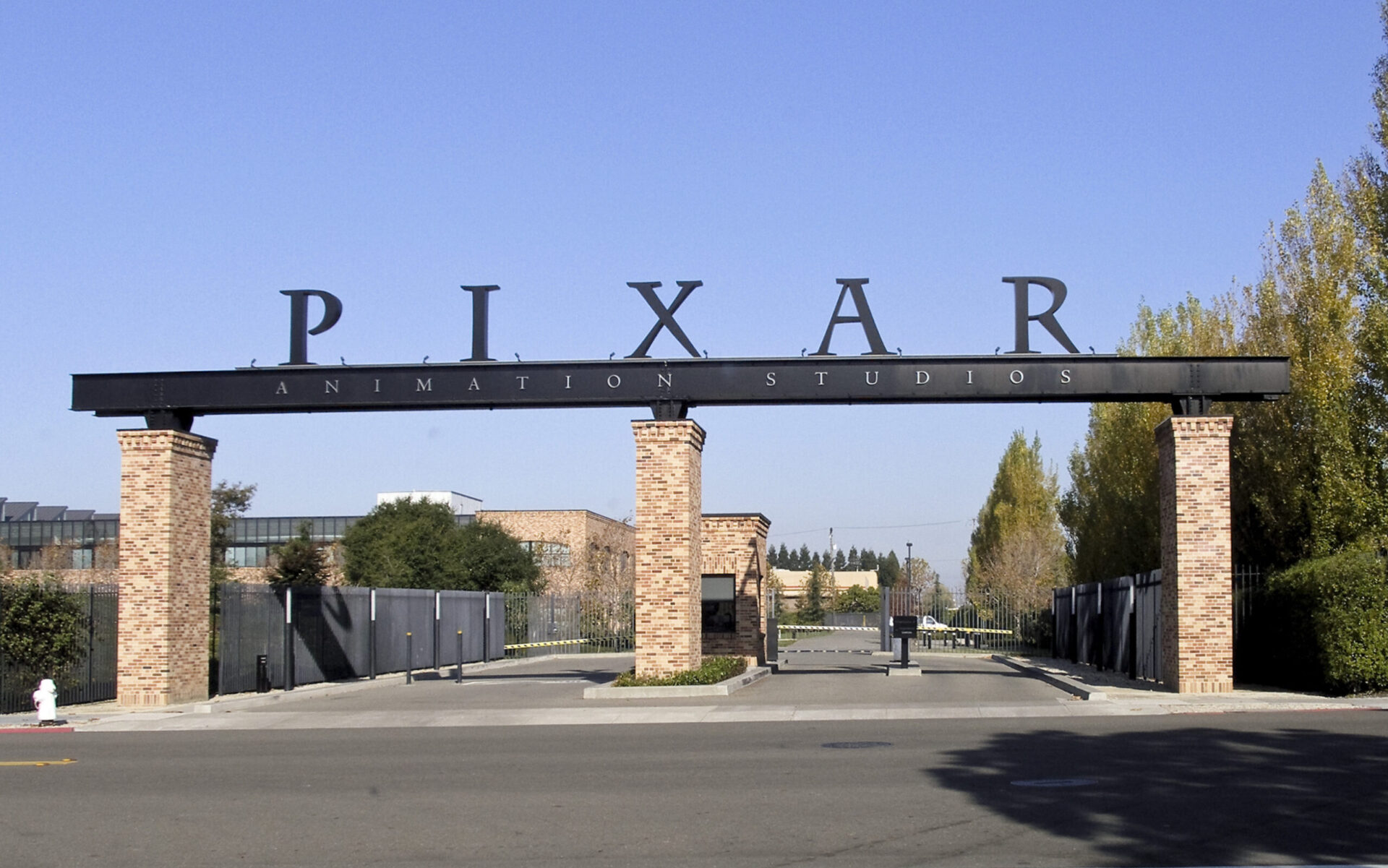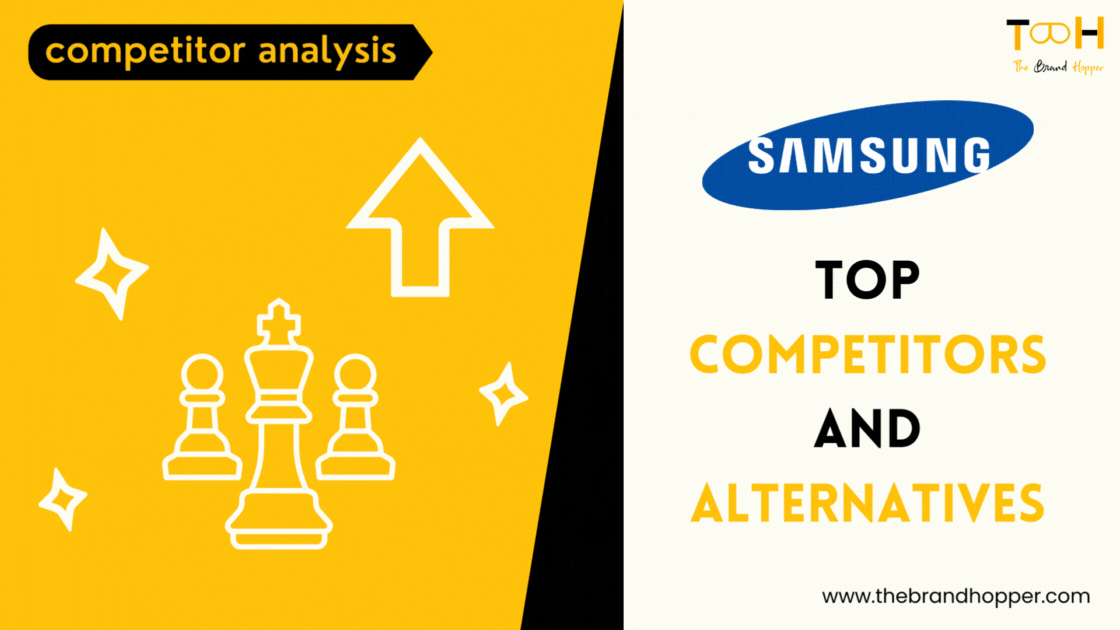Pixar Animation Studios is an American computer animation film company located in Emeryville, California, and a subsidiary of Walt Disney Studios. The studio has received 27 Academy Awards, 8 Golden Globes, and three Grammy Awards, among many other honors and recognitions.
It is most known for producing CGI-animated feature films using PhotoRealistic RenderMan, its own implementation of the industry-standard RenderMan image-rendering application programming interface used to generate high-quality pictures. Pixar originated in 1979 as the Graphics Group, part of Lucasfilm’s Computer Division, before being bought by Apple Computer co-founder Steve Jobs in 1986. The Walt Disney Company purchased Pixar in 2006 for $7.4 billion, making Jobs the company’s largest shareholder. It is now one of the four major Disney branches, along with the Disney Animated Canon, the Marvel Cinematic Universe, and Star Wars.
Pixar has produced twenty-three feature films, beginning with Toy Story in 1995, which is best known for being the first long-length feature film made in CGI animation format ever, then by A Bug’s Life in 1998, Toy Story 2 in 1999, Monsters, Inc. in 2001, Finding Nemo in 2003, The Incredibles in 2004, Cars in 2006, Ratatouille in 2007, WALL-E in 2008, Up in 2009, Toy Story 3 in 2010, Cars 2 in 2011, Brave in 2012, Monsters University in 2013, both Inside Out and The Good Dinosaur in 2015, Finding Dory in 2016, both Cars 3 and Coco in 2017, Incredibles 2 in 2018, Toy Story 4 in 2019, both Onward and Soul in 2020, Luca in 2021, and both Turning Red and Lightyear in 2022.

Eighteen of the films have been critically and commercially successful, with noteworthy exceptions being Cars 2, The Good Dinosaur, and Onward. The former, while a commercial success, garnered far less praise than Pixar’s prior films, while the latter, despite receiving excellent reviews, was deemed a box office disaster (due mostly to the COVID-19 epidemic). As of December 2013, its feature films had grossed more than $8.5 billion globally, with an average global gross of $607 million per picture. Furthermore, the vast majority of Pixar films are or have been in the top 50 highest-grossing animated pictures of all time, with Finding Nemo (#47), Finding Dory (#32), Toy Story 3 (#26), and Incredibles 2 (#15) all presently in the top 50.
Since the award’s inception in 2001, the majority of Pixar’s films have been nominated for Best Animated Feature, with ten winning: Finding Nemo, The Incredibles, Ratatouille, WALL-E, Up, Toy Story 3, Brave, Inside Out, Coco, Toy Story 4, and Soul. Up and Toy Story 3 are the only two animated films nominated for Best Picture at the Academy Awards.
It is one of Disney’s three major animation companies, along with Walt Disney Animation Studios and 20th Century Animation.
History of Pixar
Pixar was formed in 1979 as The Graphics Group, one-third of Lucasfilm’s Computer Division, with the employment of Dr. Ed Catmull from the New York Institute of Technology (NYIT), where he was in charge of the Computer Graphics Lab (CGL). Many of the CG foundation methods were pioneered at NYIT, including the development of the “alpha channel” (by Catmull and Alvy Ray Smith); years later, the CGL created an experimental film called The Works.
After joining Lucasfilm, the team focused on developing REYES (for “renders everything you ever saw”), the forerunner to RenderMan, as well as a variety of important CG technologies such as “particle effects” and different animation tools.
In 1982, the crew began collaborating on film sequences with Industrial Light & Magic on visual effects. After years of research and key milestones in films such as the Genesis Effect in Star Trek II: The Wrath of Khan and the Stained Glass Knight in Young Sherlock Holmes, Steve Jobs purchased the group, which numbered around 45 people at the time, in February 1986, shortly after he left Apple Computer. Jobs gave George Lucas $5 million and invested $5 million in the firm.
Pixar began as a high-end computer hardware firm, with the Pixar Image Computer, a system primarily supplied to government institutions and the medical sector. Disney Studios purchased Pixar Image Computers as part of their clandestine CAPS project, which used the machine and proprietary software to transfer the arduous ink and paint phase of the 2-D animation process to a more automated and therefore efficient technique. The Image Computer was never a big seller.Pixar employee John Lasseter—who had long been making short demonstration animations, such as Luxo Jr., to show off the device’s capabilities—premiered his creations at SIGGRAPH, the computer graphics industry’s largest convention, to considerable fanfare in an attempt to boost sales of the system.
As Pixar’s computer sales plummeted, Lasseter’s animation group began producing computer-animated ads for other clients. Campaigns like Tropicana, Listerine, Life Savers, and Terminator 2: Judgment Day was early triumphs. Jobs sold Pixar’s hardware business, including its proprietary hardware technology and image software, to Vicom Systems in April 1990, and 18 of Pixar’s approximately 100 workers were moved.
The next year, Pixar relocated from San Rafael to Richmond, California. During this time, Pixar maintained its link with Walt Disney Feature Animation, a company whose corporate parent would eventually become its most significant partner. After a difficult start to the year in which about 30 employees in the company’s computer department were let go (including the company’s president, Chuck Kolstad), reducing the total number of employees to 42, Pixar struck a $26 million deal with Disney to produce three 3D computer-animated feature films, the first of which was Toy Story.
Acquisition by Disney
On January 24, 2006, Disney announced that it had agreed to purchase Pixar in an all-stock transaction for about $7.4 billion. The transaction was finalised on May 5, 2006, following Pixar shareholder approval. Steve Jobs, who was the dominant stakeholder of Pixar with 50.1 percent, became Disney’s largest individual shareholder with 7 percent and a new seat on its board of directors as a result of the acquisition. Jobs’ new Disney holdings surpassed those of ex-CEO Michael Eisner, the previous top shareholder, who still owned 1.7 percent, and Disney Director Emeritus Roy E. Disney, who owned over 1% of the corporation’s shares. For each share of Pixar, stockholders got 2.3 shares of Disney common stock.
As part of the agreement, John Lasseter, who was then Executive Vice President, was appointed Chief Creative Officer of both Pixar and the Walt Disney Animation Studios (reporting to President and CEO Robert Iger and consulting with Disney Director Roy Disney), as well as Principal Creative Adviser of Walt Disney Imagineering, which designs and builds the company’s theme parks. Catmull kept his role as Pixar’s President while simultaneously becoming President of Walt Disney Animation Studios, reporting to Bob Iger and Dick Cook, chairman of Walt Disney Studio Entertainment. Steve Jobs’ position as Chairman and CEO of Pixar was likewise eliminated, and he now serves on the Disney board of directors.
However, Lasseter and Catmull’s control of both the Disney and Pixar studios did not imply that the two firms were on the rise. In reality, extra restrictions were included in the agreement to guarantee that Pixar remained a distinct business, a worry that analysts had voiced about the Disney acquisition. Some of the requirements included the continuation of Pixar HR policies, such as the absence of employee contracts. Also assured was the continuation of the Pixar name, and the studio would remain in its present Emeryville, California site with the “Pixar” sign. Finally, post-merger film branding would be “Disney•Pixar” (beginning with Cars).
Jim Morris, the producer of WALL-E, has been named Pixar’s general manager. Morris is now in charge of the day-to-day operations of the studio’s facilities and products. Additional restrictions were included in the agreement to guarantee that Pixar remained a distinct business, which was a concern that many analysts had about the Disney transaction.

Expanding to other places
Pixar Animation Studios built a new facility in the downtown area of Vancouver, British Columbia, Canada, on April 20, 2010. The 2,000-square-meter studio mostly produces short films and television specials based on characters from Pixar’s blockbuster films. The Cars Toons episode “Air Mater” was the studio’s debut production.
Expansion to television
Toy Story was the first Pixar picture to be adapted for television, with the Buzz Lightyear of Star Command film and TV series, as well as a series of shorts known as Toy Story Toons, which ran not just between regular Disney Channel programming, but was also played theatrically in front of specific movies.
Cars Toons, two separate lineups of cartoons that ran between normal Disney Channel programming, brought the franchise to television. Mater’s Tall Tales (3 to 5 minutes) was the first batch, in which Mater (voiced by comedian Larry the Cable Guy) tells Lightning McQueen (voiced by Keith Ferguson) a narrative about something he did in the past that is later proven to be true.
Monsters, Inc. expanded into television with Monsters at Work, which takes set before the original film’s conclusion and follows Tylor Tuskmon as he tries to gain admission into the Laugh Floor while also assisting his friends and coworkers as a mechanic on the Monsters, Inc. Facilities Team.
Also Read: BuzzFeed – Creating The Best Digital Media Strategies
Branding Strategies
A very successful Content Marketing Strategy
Pixar conducts research, researching psychology and neurology in order to inform the creative process. Their tales and characters are created in methods that have been scientifically proved to hit the appropriate buttons in the audience, eliciting emotional responses that establish a connection that nothing else can touch.
Content marketers can accomplish the same thing by turning what they know their audience wants into content that delivers on that promise.
Social Media Strategy
Pixar is also a great marketer and utilizes mainly digital channels for marketing. Like most other entertainment brands, it too uses social media for promotions and engagement. Read how the company uses social media networks to market its brand and products.
Pixar’s official account has around 14.4 million followers. The account is used by Pixar mainly for promotions and to engage followers. It shares multimedia content including videos and images to promote new and upcoming movies. Pixar has achieved an amazing level of engagement. Each of its posts receives hundreds of likes and a thousand to two thousand shares and comments. The followers like to show their excitement and appreciation through their responses and reactions. Most reactions show appreciation and some are full of criticism. However, it seems the movies pages are more popular than the official account of Pixar. It is because they do not just have a larger number of followers but also a very nice level of engagement. While the page dedicated to Toy story movies has more than 30 million followers, the page dedicated to Cars has around 19 million. It reflects the popularity of Pixar and its products. Even some other pages dedicated to specific Pixar movies have a large number of followers running in millions.
Instagram is an attractive social media channel and a great platform for marketing entertainment brands. It also offers a large audience of followers as well as several great tools for sharing multimedia content as well as marketing and customer engagement. Just like Facebook, Pixar has several accounts on Instagram too. The official page of Pixar has more than 4 million followers. Other pages are dedicated to specific movies like Cars or Toy Story. Pixar has achieved an impressive level of engagement on Instagram too. Its posts receive thousands of likes and hundreds of responses which reflect the excitement and appreciation of the Pixar fans.
Pixar has several accounts on Twitter. Its main account is Disney.Pixar. The other accounts are dedicated to specific Pixar movies. The main Pixar account has more than 11 million followers. Pixar stays connected with its fans and posts one to two tweets daily. Its popularity reflects in the interactions and how excited customers respond to the tweets. Each post receives thousands of likes and a larger number of comments and shares which shows strong customer engagement.

YouTube
Pixar has uploaded around 500 videos to its YouTube account. It has 1.8 million subscribers or followers. Pixar shares upcoming movies trailers and other behind the scene and fun facts videos on YouTube. Most videos have received thousands to millions of views. The ToyStory 4 official teaser trailer has received around 15 million views in just 2 months. It also received more than 250K likes from its fans. This shows a very high level of engagement and popularity. The number of comments on the same video is also higher than 30K. Excited fans love to share their excitement and appreciation for the brand and its products. In this way, YouTube is an indispensable channel for the marketing of entertainment brands. It’s not just a video-sharing platform but also one of the best networks for marketing and user engagement.
Pixar has one account on LinkedIn. However, its activity on Linked In is very low. Despite that, it has around 250K followers on this social network. It posts mainly about its organizational culture, technological innovation, and special programs on LinkedIn. However, the number of posts is limited to no more than 1 each week or every two weeks.
Pixar works tirelessly to breathe life into their characters by pulling out their essence, exaggerating specific qualities, and allowing the audience to experience them in a variety of scenarios. We believe in their characters because we connect them with human attributes.
To read more content like this, subscribe to our newsletter.



